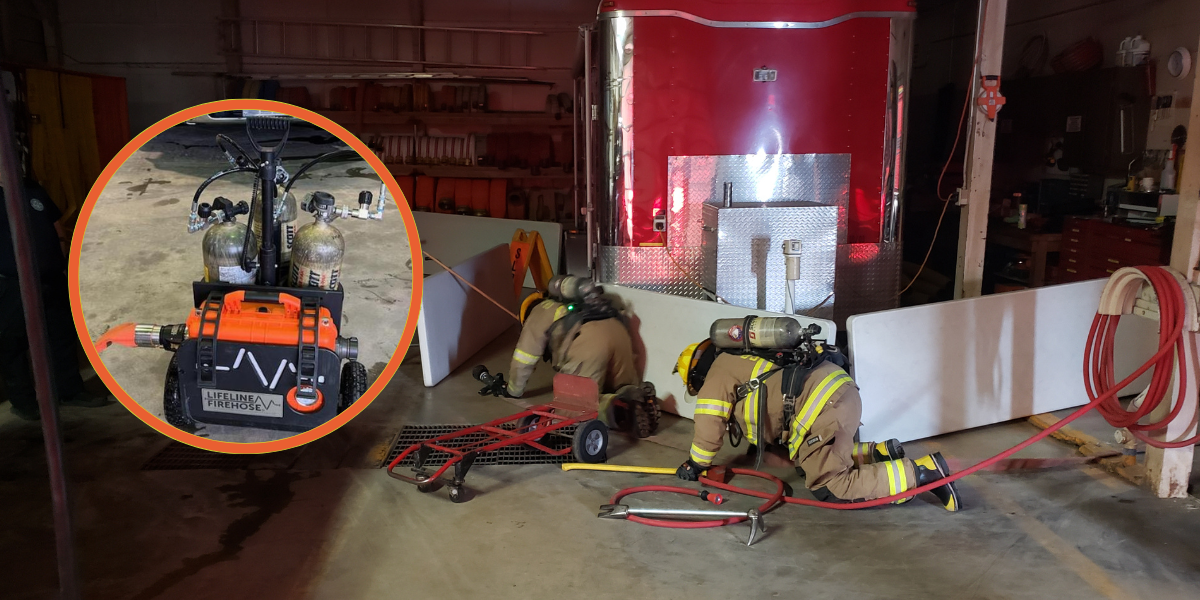The grinding monotony of regular disturbances from false fire alarms is undermining people’s trust in fire alarm systems, altering their behavior towards the signals that are designed to protect them, and putting lives at unnecessary risk.
So, what can be done to reduce false alarms?
As ever with complex problems, the solution lies in many areas. It’s a question of carefully assessing all the risks of false alarms in a specific setting, then putting the most appropriate measures in place to address them.
Education
A vital piece in the false alarm management jigsaw – whether in domestic, public, commercial, or industrial settings – is education. Ensuring that those who use and maintain buildings understand the central role they play in preventing false alarms can go a long way to reducing their occurrence. Indeed, spreading ‘fire safety and preventive awareness across society’ is a key objective of the new Fire and Life Safety Code of Practice.
Although some can’t be prevented completely, such as malicious activations, call point misuse, or activations with good intent (i.e. when someone genuinely thinks a fire is breaking out), many are easy to avoid with some simple, preventative steps.
If people are clearly told about the kinds of activity that will lead to false alarms when they first come to use a building (e.g. smoking near or under detectors, keeping bathroom doors open when there are high levels of steam in the room, or leaving food grilling until it smokes), many incidents can be avoided altogether.
Allied to this is the need for building owners to make clear who building occupants can/should contact in cases where false alarms persist. All too often this fundamental step is left out – especially when building ownership or management changes.
Careful design and planning of the fire system
A thorough and detailed fire risk assessment is essential for specifying a fire system that can cope with all the demands that will be placed upon it. To achieve effective false alarm management, a system needs to offer high levels of control and configurability.
There are two fundamental aspects to the technology facilitating false alarm management. The detectors, which help screen false signals in the detector heads, and then the fire panel, which analyses the signals received from sensors and interprets this information to determine if the fire signal is real or not.
Detector technologies
Detectors are becoming increasingly sophisticated and can detect and analyze a higher number of signals from more onboard sensors than ever before. The latest models use smart algorithms to distinguish real fires from false signals caused by steam or cooking smoke for example. Some also have operating modes designed for particular areas or likely fire types.
Many detectors now also offer improved physical protection from environmental pollutants and dust/insect ingress. The best manufacturers invest considerable time and money in designing chamber shapes and filters that reduce these causes of false alarms, so there’s an ever-increasing range of options available to suit the needs of specific sites.
Media contact
Rebecca Morpeth Spayne,
Editor, International Fire Buyer
Tel: +44 (0) 1622 823 922
Email: editor@firebuyer.com








